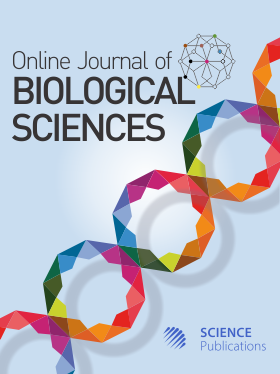Botanic Products as a Sustainable Alternative in the Control of Rice and Grape Pests in South America
- 1 Laboratório de Tecnologia de Produtos Naturais, Universidade Federal Fluminense, Street Mario Vianna, Niterói, RJ, Brazil
- 2 Departamento de Ingenieria Química, Facultad de Ingenieria Química de la Universidad Nacional de la Amazonia Peruana, Street San Marcos, Iquitos, Loreto, Peru
- 3 Departamento de Ciencias Básicas, Facultad de Ingenieria Química de la Universidad Nacional de la Amazonia Peruana, Street San Marcos, Iquitos, Loreto, Peru
- 4 Departamento de Ciencias Clínicas, Facultad de Medicina de la Universidad Nacional de la Amazonia Peruana, Peru
Abstract
Pests present a major threat to agricultural crops, leading to diminished yields, economic losses, and potential food insecurity. In South America, rice and grape cultivation have become increasingly significant due to their economic value, contribution to food security, and role in exports. However, these crops are vulnerable to pests such as Oebalus poecilus, Hydrellia wirthi, and Pseudococcus viburni. The reliance on synthetic pesticides raises concerns due to their residual environmental effects and potential risks to human health. Consequently, Integrated Pest Management (IPM) strategies, including natural botanical products, are crucial for sustainable pest control. Hence, this review aims to compile and evaluate the use of botanical products for pest management, providing safer and more environmentally friendly alternatives to conventional pesticides for rice and grape crops in South America. This review utilized five scientific databases and employed search terms such as "essential oil," "extract," "activity" and relevant scientific names to identify pertinent articles. A total of 10 relevant documents were identified. Notably, Calotropis gigantea leaf extract exhibited high insecticidal activity against O. poecilus in rice cultivation. Neem oil was effective against both O. poecilus and H. wirthi. For the control of P. viburni, both Artemisia annua essential oil and methanolic extract demonstrated significant insecticidal properties. Additionally, garlic oil and proteins from Phycela australis also showed insecticidal activity against P. viburni. Plant-derived resources present viable and sustainable alternatives to conventional pesticides. Their use benefits South America's agricultural sectors by enhancing food security, supporting domestic and export markets, and offering environmentally friendly pest control solutions.
DOI: https://doi.org/10.3844/ojbsci.2025.323.332

- 85 Views
- 29 Downloads
- 0 Citations
Download
Keywords
- Biopesticides
- Sustainability
- Natural Products
- Oebalus poecilus
- Hydrellia wirthi
- Pseudococcus viburni
